There are moments that stop you in your tracks — not simply because something awful occurred, but because that event reveals you are utterly on your own. That realization hit me after years of holding myself together. I survived a brutal divorce, attempted to date again only to lose that partner to death, and endured 14 major surgeries within a few short years. As life unraveled, I looked for someone to bring soup, to sit with me on the worst day, to offer steady presence — people did show up at first, maybe lingered a little, brought something, said a few words, but the hardships kept coming, and eventually the visits stopped. I found myself alone, without real friends — not the kind who arrive when a crisis hits, but mere acquaintances from work and events. I had been there for some of them, yet the reciprocity never appeared. That hit like a physical blow. I had built a life full of friendliness but almost no closeness. It wasn’t for lack of wanting friendships — I wanted them desperately — but something invisible seemed to separate me from others, like a membrane I couldn’t pierce. For decades I avoided asking the question: why don’t I have close friends? Why has this pattern persisted? When I finally confronted it, everything began to shift because I stopped blaming circumstances or other people and turned my attention inward to see what was truly happening inside me. I grew up in an unstable household where connection was unreliable; my parents were alcoholic and neglectful, wrapped in their own drama, and I learned early to be fiercely self-reliant, to expect no help or affection, to avoid ever needing anyone. Trauma doesn’t only teach you not to trust others — it can rewire your nervous system during development so you never learn the natural, effortless ways of connecting. I later discovered that many people with traumatic childhoods feel this pervasive disconnection across relationship types. Back then I only knew I felt separate: I could be in a room full of people, at a party, even beside someone I loved, and still feel completely cut off. When the divorce, the death, and the surgeries compounded, I finally saw the full cost of that disconnected life — independence can carry you only so far; when you truly need people, you need them, and I had no one to show up. It became clear this was not mere bad luck but a repeating pattern I was creating: isolation does not arise from randomness but from a bundle of habits, reactions, and behaviors that push others away or make you pull away. So I started a rigorous self-investigation and was surprised by what I found: I identified nine internal obstacles that had been blocking connection my whole life. I chronicled them in a journal. These obstacles are common in people who have experienced trauma, and they work quietly yet powerfully to shape relationships. For me they looked like this. First, a deep sense of not belonging — fleeting moments of feeling included would evaporate and leave me convinced I was different, like everyone had access to some social code I didn’t. Second, social awkwardness — I couldn’t relax and be myself, often using humor at odd moments that alienated people, swinging between silence and saying too much. Third, poor social attunement — I missed cues, talked over others, or offered solutions when people only needed to be heard. Fourth, I could not trust my perception — sometimes hypervigilant, seeing rejection that wasn’t there, other times blind to obvious red flags, unsure what was really happening in relationships. Fifth, boundaries were inconsistent — I alternated between building hard walls and letting people trample me because I feared losing them. Sixth, I repeatedly attracted mean or troubled people, not from choice or self-punishment but because I couldn’t spot warning signs early; once attached, I doubted my instincts and assumed problems must be my fault, making relationships feel like walking through a minefield. Seventh, I behaved as if people didn’t care — either shutting down entirely or flooding others with my life story too quickly, driven by the fear they were about to leave. Eighth, emotional dysregulation — I oscillated between shutdowns and explosions and couldn’t stay present with others while feeling intense emotions. Ninth, I diverted attention from myself by focusing on others — sometimes to fix them, sometimes to avoid my own emptiness — which led to pressure, projection, and enormous expectations that others perform in ways I imagined they could. Recognizing these patterns brought grief for the years lived without real connection, but also relief: I finally had a map. With that clarity I began systematically working on each obstacle, one at a time, knowing change would take time, be awkward at moments, even embarrassing, yet ultimately possible. I created a free daily-practice course teaching two simple techniques to calm inner turmoil when you’re triggered — it’s brief and powerful, helping you feel clearer and more at ease quickly; you can start it via the second link in the description or by scanning the QR code. I also wrote a book about this work called Connectability (available via the link in the description or at connectabilitybook.com). The shifts that helped me were practical and gradual. I softened my avoidant habits — I stopped ghosting and would stay a little longer when I felt afraid, long enough to talk. I taught my heart to accept belonging: instead of waiting for invitations, I showed up, joined in, and invited others, letting people see me despite awkwardness. I gave myself permission to be clumsy and imperfect, to remain present when I misspoke. I repaired my perception by practicing observation and asking clarifying questions instead of assuming — simple queries like, “Is this meant to be a date?” helped dissolve confusion. I practiced asserting boundaries: saying no when I meant it, changing plans when necessary without elaborate apologies, and refusing to let people walk over me. I took responsibility for who I spent time with, quietly releasing mean or draining people without dramatic breakups, which created space for kinder, interested people to appear. I began to believe that people can care; I listened more and stopped trying to prove myself, letting others arrive slowly and show their reliability over time. I learned to regulate my emotions — a skill I teach in courses such as Dysregulation Boot Camp and Healing Childhood PTSD, available on my website crappychildfairy.com — and I relied on daily-practice techniques to manage the flood of feelings that come when you set boundaries and people react. I had actually abandoned my daily practice for two years after my marriage ended; for a while I thought the practices were some kind of magic ticket that would guarantee I kept what I wanted, so when my marriage dissolved I angrily stopped. The descent wasn’t immediate but a slow drift: my red-flag sensitivity dulled, my confidence eroded, my energy and boundaries slipped, and problems stacked up until I finally returned to daily practice. Recommitting felt like a course correction — I started feeling better and steering life back toward steadier ground. Learning about nervous-system dysregulation in 2014 made sense of much of what I’d experienced: when your nervous system is dysregulated, it can distort emotions, thinking, hormones, and behavior, producing the big outbursts or numbing shutdowns that others notice. The daily practice quietly re-regulated me over time, not just emotionally but neurologically, and helped me be present in triggering moments instead of fleeing, freezing, or trying to control everything. That presence allowed me to stop taking mistreatment, to stand up for myself, or to walk away when necessary — actions that once felt like rocket science became natural with practice. I also learned to refocus attention on myself, not selfishly, but so I could notice my effects on others and care for my needs; this reduced my tendency to overfunction, to shoulder other people’s responsibilities, a pattern that had kept me exhausted and invisible. Slowly, friendships formed: not a crowd of intimates, but a small, real circle of people who laugh with me, cry with me, call when they’re hurting, and answer when I need them. If you’re in a place where life feels unbearably hard and you look around and see no one, know this can change; you are not broken, cursed, too odd, or too far gone to build connection. What you often need is a map — to spot your own recurring missteps and then take one brave, small action: send a text, smile, say yes to an invite you might enjoy. Use daily-practice techniques even for 90 seconds to write down fears and resentments and ask for them to be removed instead of running away. If you wonder whether past trauma affects your life now, you can download a signs-of-childhood-PTSD quiz via the QR code I mentioned to help you see that what’s hard is common and that healing is possible. Friendship rarely arrives by luck; it’s something you learn to build, even if nobody taught you. I’m living proof that change is possible: if I could find a dependable circle, you can too. If this resonated, there’s another video that will likely help — it’s linked nearby. Finally, remember that pushing people away to manage CPTTSD triggers is common for those who grew up with childhood trauma, but continued isolation will gradually close off options in your life; addressing those patterns is how connection and safety begin.
Practical tools you can use today
Below are short, concrete strategies that helped me and that you can try immediately. They are small, repeatable, and designed to build momentum.
Daily micro-practices (5–10 minutes)
- 2-minute grounding: 5-4-3-2-1 sensory check — name 5 things you see, 4 you can touch, 3 you hear, 2 you smell, 1 you taste or one deep exhale.
- Box breathing: inhale for 4, hold 4, exhale 4, hold 4. Repeat 4 times to calm panic or anger.
- Name it to tame it: silently label the emotion (“anger,” “sadness,” “fear”) for 30 seconds to reduce its intensity.
- 90-second journaling: write one fear or resentment and then write a one-line request you could make to address it (e.g., “I need one hour of quiet tonight”).
Small social steps (do one per week)
- Send a low-stakes message: “Hey — enjoyed our chat at the event. Coffee this week?” Keep it simple and casual.
- Say yes to one new group or class for six weeks (book club, volunteer shift, fitness class) — consistency matters more than instant chemistry.
- Use a curiosity question in conversations: “What’s something you’re excited about right now?” People open up when asked about what matters to them.
- Follow up after a good interaction: “I liked our talk — would you want to do this again?” This models you are someone who reaches out.
Short scripts for boundaries and repair

- Boundaries: “I can’t do that right now. I’ll help with X on Wednesday instead.”
- Assertive no: “No, thank you. I need to protect my energy.”
- Repairing a social mistake: “I’m sorry — that came out clumsy. I appreciate you and want to try again.”
Finding safer people
- Look for signs of reliability: they follow through on small promises, listen without immediate judgment, and check in after you share something important.
- Prefer low-drama contexts (volunteer organizations, classes, therapy groups) over high-stakes settings for building trust.
- Release fast from relationships that are consistently demeaning, manipulative, or draining — you don’t need a dramatic exit, just less energy spent there.
Wann sollte man professionelle Hilfe in Anspruch nehmen?
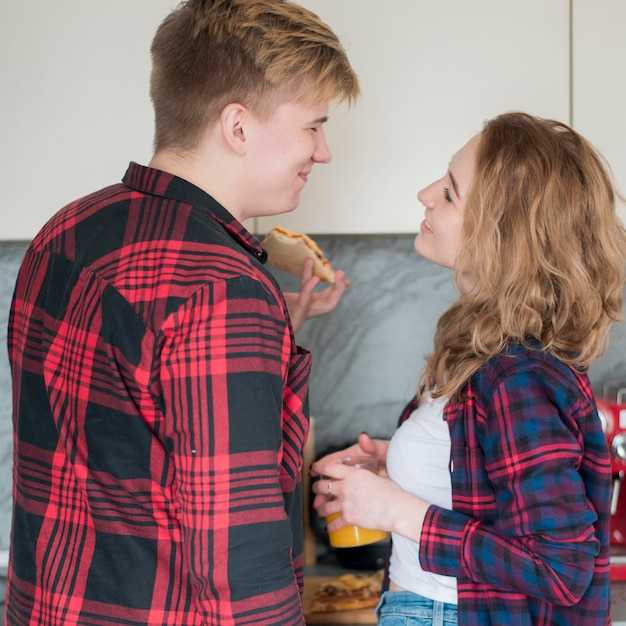
Consider therapy if you notice persistent patterns that keep you isolated or cause intense distress. Search for trauma-informed clinicians (terms to look for: “trauma-focused,” EMDR, somatic experiencing, DBT, CPT). Free and low-cost options include community mental health centers, training clinics at universities, or online directories like Psychology Today. If you are in immediate danger or experiencing suicidal thoughts, contact emergency services or your local crisis line right away (in the U.S. dial 988 for the Suicide & Crisis Lifeline; if elsewhere, use your country’s emergency numbers).
How to handle setbacks
- Expect awkwardness and setbacks — they are part of learning new social muscles.
- When you withdraw after rejection, use a short practice (box breath + name feeling) before deciding on the next step so you act from regulation, not panic.
- Track small wins weekly (one call made, one invite accepted) to reinforce progress.
Community resources and group options
Look for local or online mutual-support groups for people with childhood trauma, chronic illness, or life transitions. Meetup, community centers, faith groups, alumni associations, and volunteer programs are reliable places to meet people while doing meaningful work.
Final reminders
Change is gradual and often messy. The secret isn’t a perfect script or instant charisma — it’s consistent tiny actions, better regulation of your nervous system, and permission to be imperfect in front of others. Protect your energy, practice small social risks, and seek help when you need it. Over time, those small choices create a different life: one with a few steady, dependable people who are truly present.


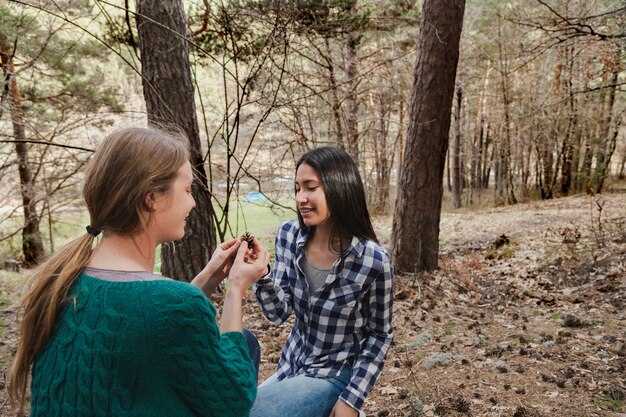 I Had No Friends… But Here’s What Finally Changed">
I Had No Friends… But Here’s What Finally Changed">

 Get Out of Romantic Obsession And Open Your Life to Real Love">
Get Out of Romantic Obsession And Open Your Life to Real Love">
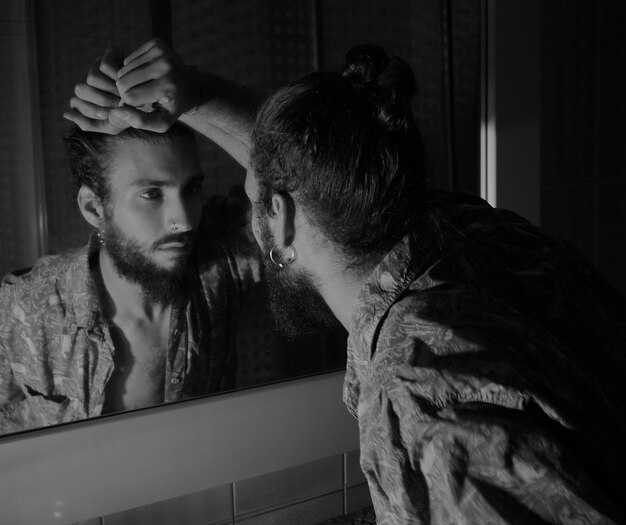 Anxious vs Avoidant: The Dramatic Relationship Trap You Can’t Escape | Avoidant attachment style">
Anxious vs Avoidant: The Dramatic Relationship Trap You Can’t Escape | Avoidant attachment style">
 7 SECRET TESTS You MUST Pass for AVOIDANTS to CHOOSE YOU | Avoidant Attachment Style">
7 SECRET TESTS You MUST Pass for AVOIDANTS to CHOOSE YOU | Avoidant Attachment Style">
 Warum Sie sich trotzdem verloren fühlen könnten — SELBST nach Therapie, Kursen und dem Ausprobieren von allem">
Warum Sie sich trotzdem verloren fühlen könnten — SELBST nach Therapie, Kursen und dem Ausprobieren von allem">
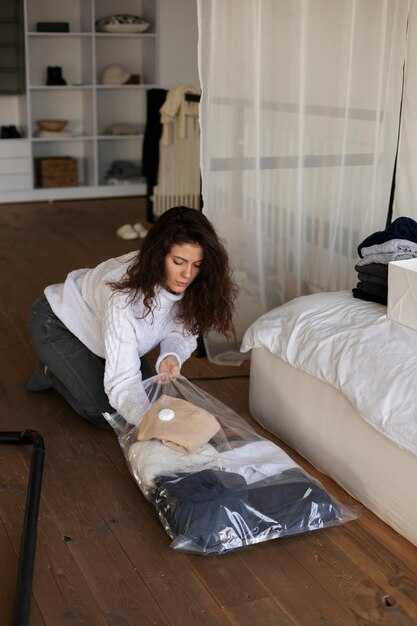 When the Bedroom becomes a Chore…">
When the Bedroom becomes a Chore…">
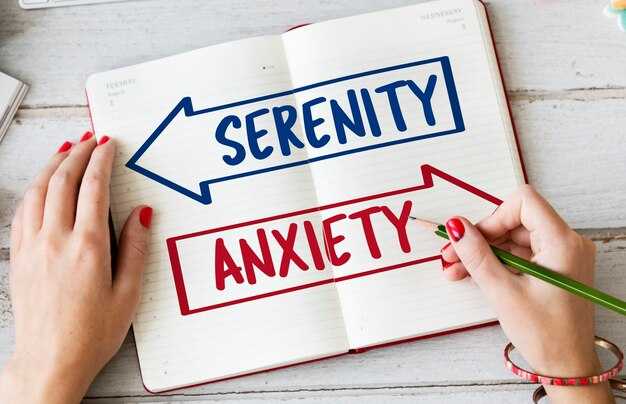 Why Avoidants Only Chase You When These 3 Hidden Needs Are Triggered | Avoidant attachment style">
Why Avoidants Only Chase You When These 3 Hidden Needs Are Triggered | Avoidant attachment style">
 Commitment means MORE than not Getting Divorced">
Commitment means MORE than not Getting Divorced">
 Avoidant Attachment: This "Shift" Isn’t Rejection. It’s Love (Don’t Walk Away) | Jordan Peterson">
Avoidant Attachment: This "Shift" Isn’t Rejection. It’s Love (Don’t Walk Away) | Jordan Peterson">
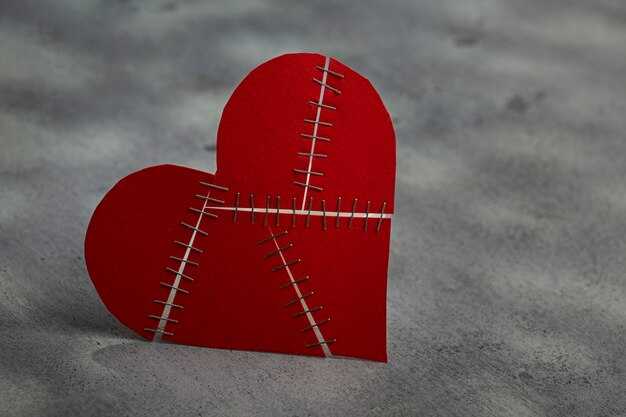 ">
">
 How Avoidants Test If You’re Still Available After Rejecting You">
How Avoidants Test If You’re Still Available After Rejecting You">